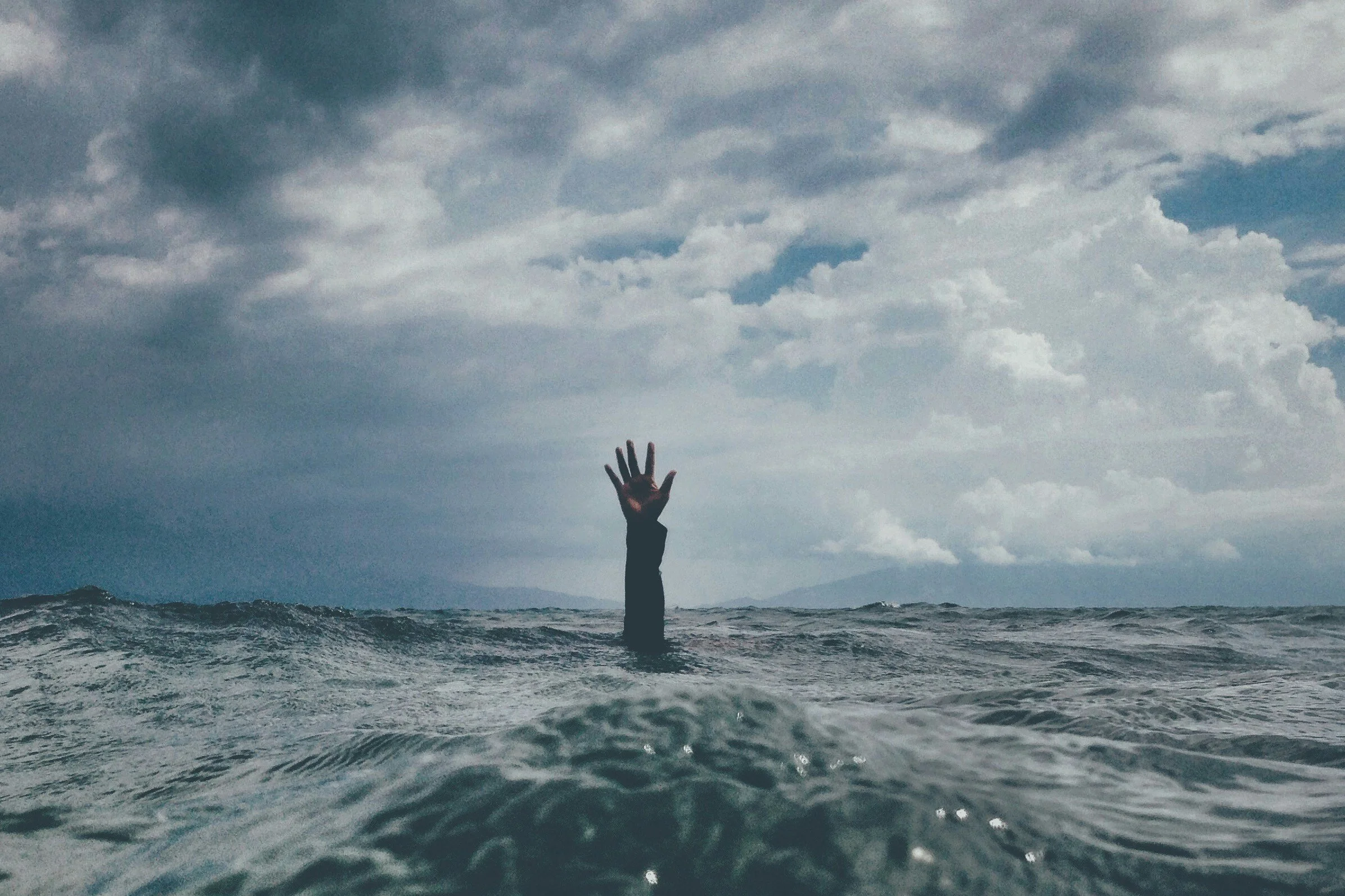Too Tired to Shoot: Photography in the Burnout Economy
There’s a moment - quiet, gut-wrenching - when the camera stays in the bag for weeks, not because the photographer is not getting gigs, but because there is no will. Burnout does not come with fanfare or a bang - it creeps in slowly, masquerading as creative block, low engagement, and numb-layering of "content creation" passing as art. As we move into 2025, the biggest risk to photographers may not be AI, shrinking budgets, or a euphoric sense that giving away art to garner visibility is acceptable - but the relentless expectation of being visible, productive, and optimized - without a break. And many are buckling.
The Always-On Creative Economy
Photographers are no longer working for the frame, they are working for the feed.
The photography hustle has morphed with the rise of and reliance on algorithmically driven platforms like Instagram, TikTok, and YouTube. Photographers no longer just have to shoot and edit, they also have to brand, perform, and publish quickly. Being visible has become a currency - and like all currencies, it slowly loses value every hour. Lose a post and you lose visibility, take 2 day's rest and risk losing relevancy.
There was a time when quality could stand on its own. Now, it's quantity - or rather, consistency - that rules. Creators are rewarded not for mastery, but for output. The shift from artist to “content creator” isn’t just semantic. It is systemic, and it is psychological.
“I got into photography to make images. I stay in it by pretending to be a marketing team, a production house, and a publicist. The actual shooting part? That’s maybe 10% of my week.”
– Freelance portrait photographer, anonymous
The Mental Health Toll
Photography, like many creative disciplines, has long carried the illusion of the dream job. For some, it still is. Do what you love, they said. But passion doesn’t shield you from pressure. If anything, it makes the pressure more corrosive - because when you burn out, you don’t just lose a job. You lose a part of your identity.
Depression, anxiety, creative paralysis - these are now occupational hazards. Photographers wake up with dread, not inspiration. For some, even success has become hollow; chasing metrics day after day leaves little room for enjoying the process and feeling self fulfilled.
There are no exact statistics on creative burnout in photography, but the anecdotal wave is loud enough. Posts about quitting or taking long social media breaks are no longer rare - they’re routine.
“I spent two years building an audience. And one day I realized: none of them cared what I had to say, only how well I could edit skin tones.”
– Lifestyle photographer turned educator
There’s also a deeper, more insidious layer: shame. Admitting to burnout can feel like failure. After all, isn’t this what you wanted?
Coping Mechanisms That Don’t Work
The internet is full of productivity hacks designed to keep creatives grinding: batch your content, schedule your posts, automate your outreach. Repurpose. Recycle. Keep moving.
It’s a trap.
These are coping strategies for a system that’s fundamentally broken. Instead of reducing stress, they institutionalize it - giving the illusion of control while still feeding the same attention economy beast.
What’s worse is that these tactics often ignore the fundamental truth of photography: it’s not a commodity process. It requires space - mental, emotional, and temporal. Compressing it into a rigid, endless posting schedule doesn’t just drain energy. It warps the work.
“You can only ‘optimize’ your art so much before it stops being art.”
– Documentary photographer, Berlin
A Different Path – Photographers Pushing Back
The good news? Some creatives are rejecting the hustle - and rebuilding their practice on their own terms.
Photographers like Emeka Okereke and Aline Smithson have championed “slow creation,” intentionally reducing their output to focus on meaningful, often long-form work. Others have turned to physical media: photobooks, zines, and gallery exhibitions, reclaiming the tactility and intentionality that digital often erases.
Workshops and retreats focused on artistic reflection - not metrics - are seeing a resurgence. There's a reason analog photography is back in vogue: it's not nostalgia. It's resistance.
And then there’s the community-driven alternative. Platforms like Glass and Vero, which reject algorithmic feeds, are gaining quiet traction as sanctuaries for visual artists looking to escape the noise.
“Going slower isn’t failure. It’s how I found my voice again.”
– Photographer and zine publisher, UK
Redefining Success
Burnout isn’t just personal. It’s structural. If we want photography to survive as a meaningful craft, not just a content stream, the industry - and the culture around it - needs to change.
That means rethinking what success looks like. Is it follower count? Engagement rate? Or is it the freedom to create without compromise?
In a world that equates visibility with value, the most radical act might be to go offline - to create for yourself, not just for the feed. To protect your creativity like the scarce, non-renewable resource it is.
“You don’t owe the algorithm your soul.”
– Artist statement, posted anonymously
What’s Next?
In future posts, we’ll explore:
How alternative platforms are trying to rebuild photography communities from the ground up.
The economics of slow creation - can you make a living without selling out?
And conversations with photographers who’ve quit entirely - what they’ve learned, and what they’re rebuilding.
Burnout is real. But so is recovery. The first step? Stop pretending the hustle is sustainable.


